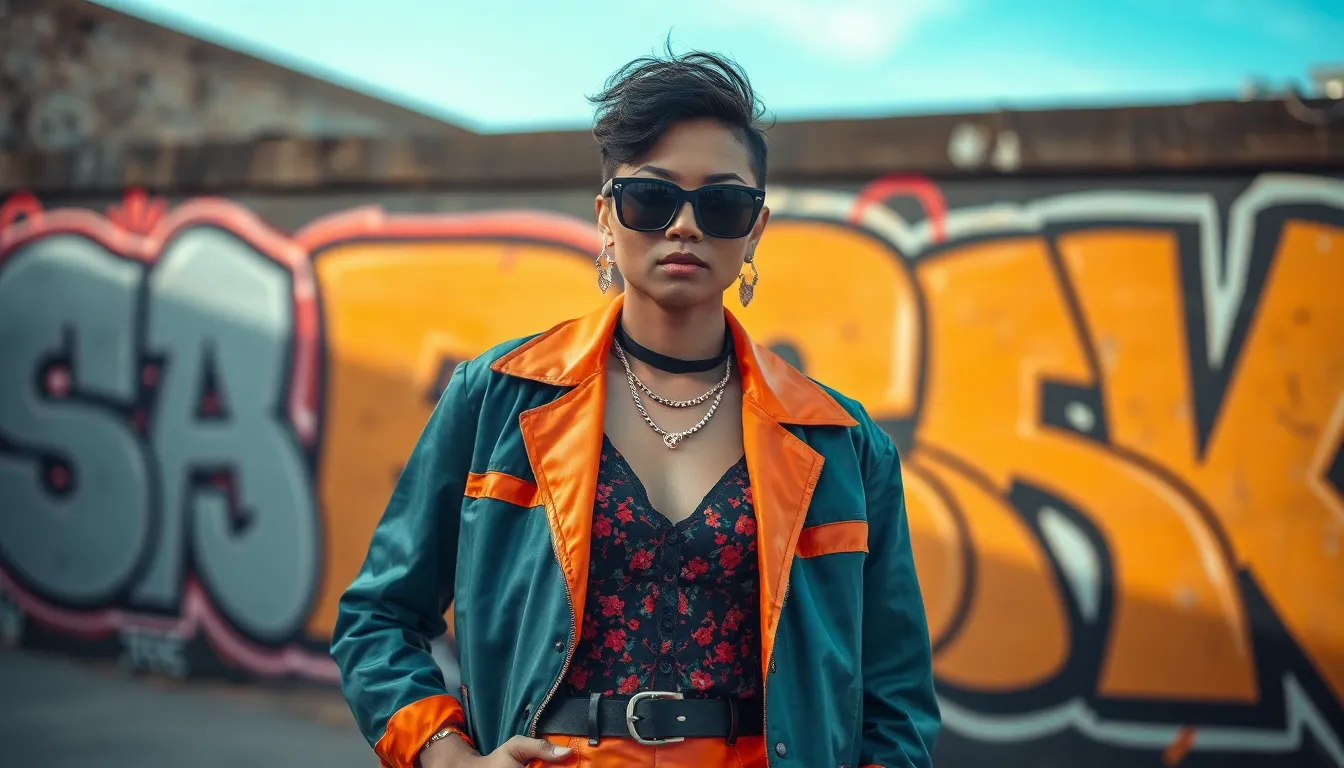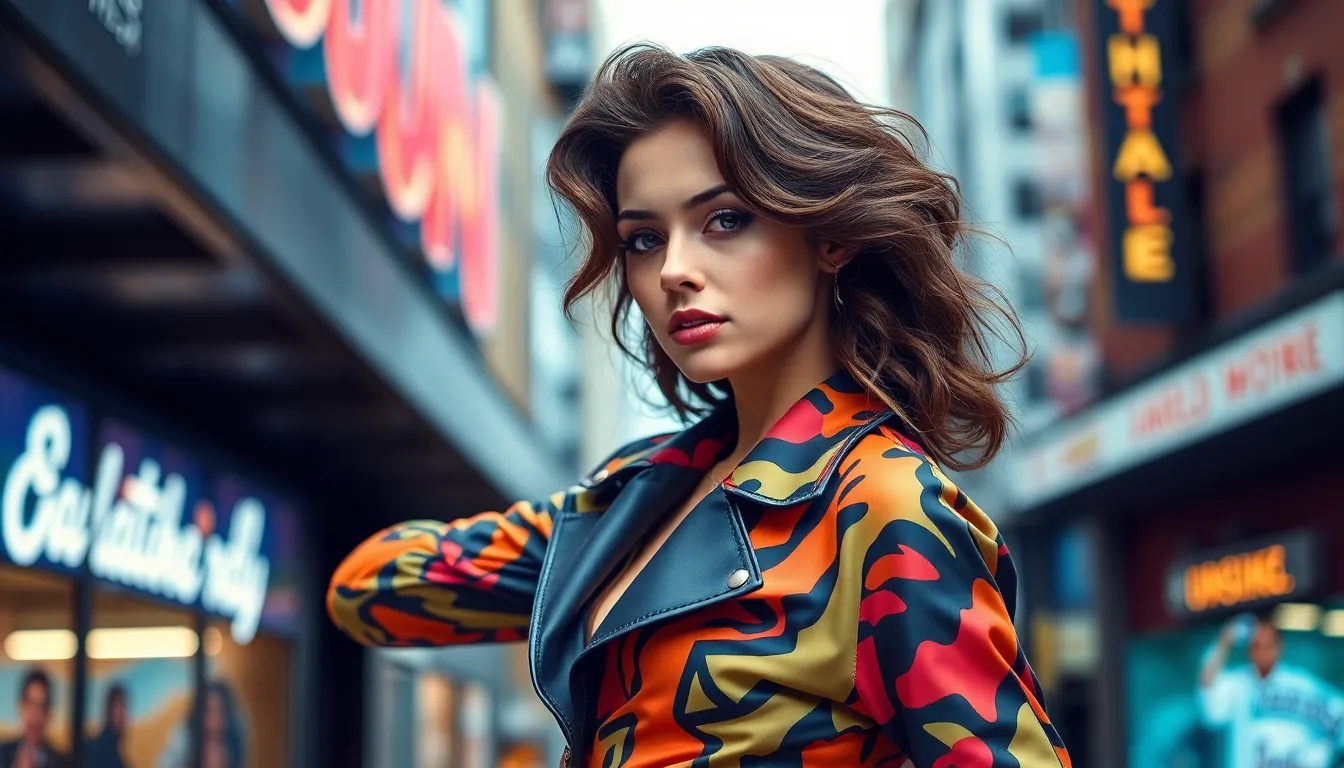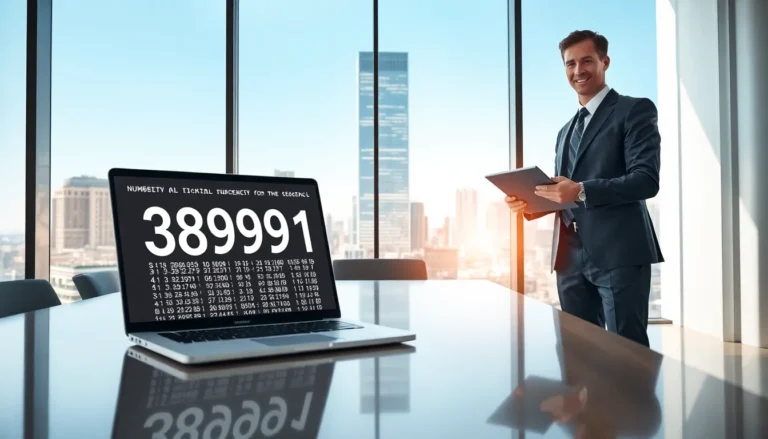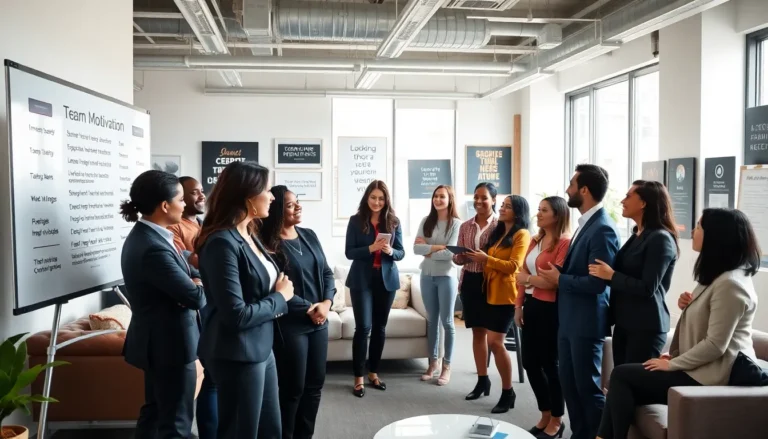Fashion editorials are like the glittering jewels of the style world, effortlessly blending creativity with visual storytelling. They capture the essence of trends while pushing boundaries, making readers not just observers but participants in a vibrant fashion narrative. Imagine flipping through pages that transport you to a realm where the ordinary transforms into the extraordinary, and every outfit tells a story.
Table of Contents
ToggleUnderstanding Exciting Fashion Editorials
Exciting fashion editorials captivate audiences by intertwining creativity with visual storytelling. These editorials serve not only to present the latest trends but also to inspire an emotional connection between the viewer and the fashion narrative. Each page transforms clothing into an artistic expression, emphasizing individual style and identity.
Fashion editorials highlight innovative designs, showcasing how clothing intersects with culture and lifestyle. Photographers collaborate with stylists, models, and designers to curate images that resonate with viewers. Each editorial reflects current societal themes, making the fashion presented relevant and engaging.
Typography and layout play crucial roles in delivering impactful fashion editorials. Designers carefully select fonts and color schemes to enhance the visual experience. The combination of stunning visuals and thoughtful design creates a cohesive narrative that draws readers in.
Audience interaction remains essential in the world of fashion editorials. Engaged viewers often share their favorite styles through social media, contributing to the editorial’s influence. Conversations sparked by these editorials can lead to trends that shape the fashion industry.
Storytelling in fashion editorials often breaks traditional boundaries. Many editorials explore avant-garde concepts, pushing the limits of imagination. By showcasing daring looks or unconventional themes, these editorials invite audiences to see fashion from new perspectives.
Understanding exciting fashion editorials requires recognizing their role as dynamic storytelling mediums. Through creativity, collaboration, and innovative design, fashion editorials engage readers, transform perceptions, and celebrate the art of fashion.
Key Elements of Fashion Editorials

Fashion editorials thrive on distinct elements that enhance their allure. Engaging visuals and innovative designs play pivotal roles in storytelling.
Visual Storytelling
Visual storytelling captivates audiences by blending imagery with rich narratives. Each photograph captures emotion, often reflecting cultural themes or personal experiences. Photographers employ composition techniques and lighting to evoke specific feelings, establishing a connection between viewer and subject. Every outfit worn by models conveys a story, transforming fabric into powerful statements. The right expressions and poses further enhance this dialogue, creating a cohesive visual experience. Additionally, settings in editorials provide context, grounding the narrative in reality or exploring imaginative spaces. Striking visuals, therefore, act as a bridge that deepens engagement and captures attention effectively.
Artistic Direction
Artistic direction shapes the overall aesthetic of fashion editorials, guiding every creative decision. Stylists curate wardrobe choices, ensuring each piece aligns with the intended theme. Color palettes are meticulously chosen to evoke feelings or convey messages, enhancing emotional resonance. Layout design influences viewer interaction, leading the eye through the editorial smoothly. Typography complements visual elements, reinforcing brand identity and enhancing legibility. Every aspect, from location selection to hair and makeup, contributes to a harmonious visual narrative. Ultimately, artistic direction offers a framework that allows creativity to flourish, making each editorial a unique expression of fashion artistry.
Notable Fashion Editorials in Recent Years
Many fashion editorials have set new standards in creativity and storytelling. These publications shaped trends while pushing the boundaries of artistic expression.
Groundbreaking Issues
Fashion editorials increasingly explore social and environmental themes. Topics such as gender identity and sustainability appear frequently. The September 2020 issue of Vogue features a powerful narrative on body positivity, highlighting models of all sizes. Similarly, Elle’s 2021 editorial illustrated climate change through fashion, combining striking visuals with urgent messages. These narratives capture audiences by connecting fashion to contemporary issues, transforming clothing into symbols of larger movements. Publications also challenge societal norms, inviting conversations around race and identity in today’s world.
Influential Photographers
Several influential photographers have redefined fashion imagery in recent years. Annie Leibovitz is known for her ethereal portraits that weave personal stories into high fashion. Meanwhile, Tyler Mitchell gained recognition for his vibrant, relatable style, particularly his groundbreaking work with Vogue that celebrated Black culture. Similarly, David LaChapelle captures surreal perspectives, merging pop culture with fashion. Each of these photographers offers unique aesthetics that resonate with diverse audiences. Their innovative approaches contribute to the evolution of fashion editorials, enhancing the viewer’s connection with the images, and pushing stylistic boundaries further.
The Impact of Digital Media on Fashion Editorials
Digital media has transformed fashion editorials, amplifying their reach and impact. Editors and brands now navigate a fast-paced online landscape that emphasizes engagement.
Social Media Influence
Social media platforms play a pivotal role in fashion editorials. Instagram, TikTok, and Pinterest serve as primary channels for sharing creative content. These platforms encourage users to interact with editorial work, influencing trends and preferences. Audiences engage with fashion stories by liking, sharing, and commenting, creating a community around the content. User-generated content often complements professional editorials, offering unique perspectives. Metrics show that brands experience increased visibility when they capitalize on social media engagement. High follower counts can translate into broader audience reach, enhancing collaborative opportunities within the industry.
Online Platforms for Editorials
Online platforms now provide diverse avenues for fashion editorials. Websites and blogs host immersive visual storytelling, showcasing curated fashion content. Digital magazines cater to specific niches, allowing designers to target distinct audiences. Additionally, interactive features like videos and animations elevate the editorial experience. Platforms such as Issuu and MagCloud facilitate the sharing of digital publications, enabling easy access to editorials. Real-time analytics assist creators in understanding readership engagement. Essential for contemporary fashion communication, these platforms foster innovation and creativity within the field, ensuring editorials remain relevant in an ever-evolving landscape.
Fashion editorials are more than just visual displays; they’re powerful narratives that connect deeply with audiences. Through innovative storytelling and striking imagery, they invite viewers to explore diverse themes and perspectives. The collaboration among creatives transforms clothing into a medium of self-expression and cultural commentary.
As the landscape of fashion continues to evolve, the role of digital media in shaping these editorials becomes increasingly significant. Engaged audiences are not only consuming content but also participating in the conversation, influencing trends and fostering a vibrant community. The future of fashion editorials promises to be just as dynamic and inspiring, pushing boundaries and redefining how fashion is perceived and experienced.





